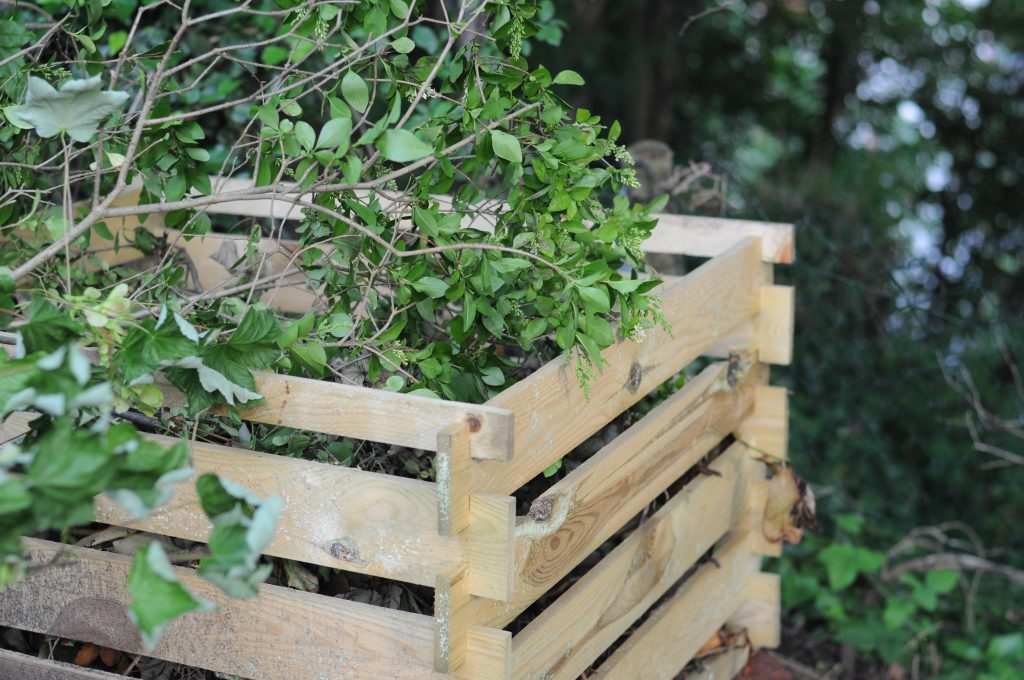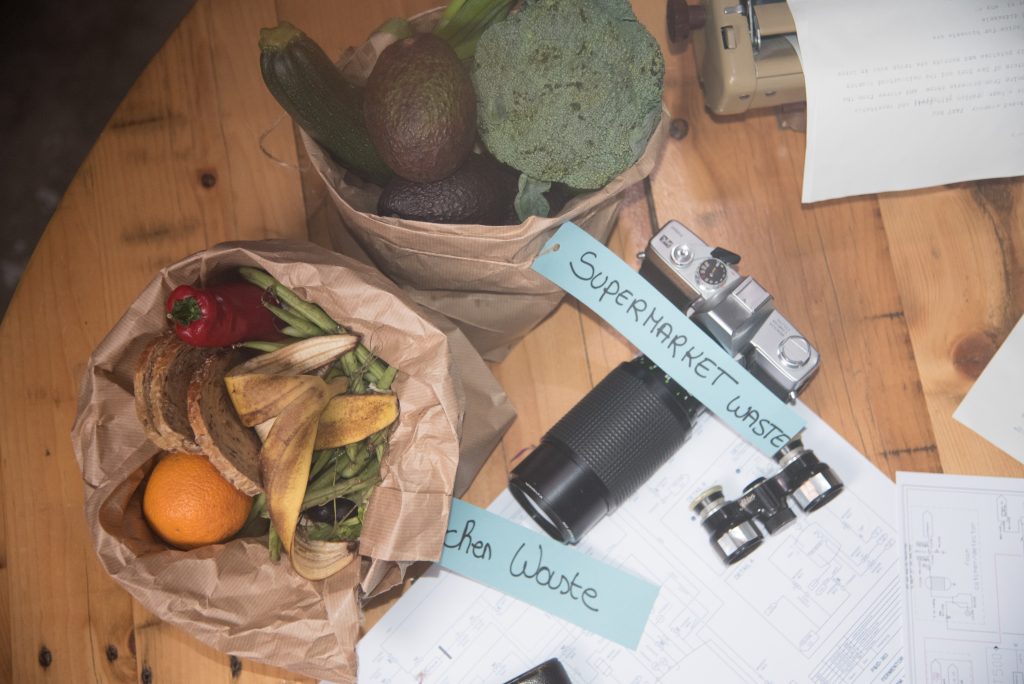
Biowaste
© Picture: BBEPP
Definition
In the Tech4Biowaste project, we use the following biowaste definition:
Biowaste is defined as biodegradable garden and park waste, food and kitchen waste from households, restaurants, caterers and retail premises, and comparable waste from food processing plants. It does not include forestry or agricultural residues, manure, sewage sludge, or other biodegradable waste such as natural textiles, paper or processed wood. It also excludes those by-products of food production that never become waste.
Source: www.ec.europa.eu/environment/topics/waste-and-recycling/biodegradable-waste_en
Types of Biowaste
Two major types of biowaste are distinguished in EU regulations:

Garden Waste
Garden waste normally means waste generated as a result of normal domestic gardening activities, including grass cuttings, leaves, plants, flowers and other similar small and light organic matter. It does not include tree branches with a thicker diameter, bulky waste, building waste or any waste generated as a result of garden service activities. As a feedstock stream, it may also include waste streams from private and community landscapes and the maintenance of gardens, yards, parks and vegetation along public roads gardening as a result of garden and park service activities.

Food Waste
Food waste is a stream derived from food production, food preparation and dispersal. It normally includes organic waste streams from the food industry as well as food wastes from the whole value chain (e.g. supermarkets) and of the end-user collected as a separate biowaste stream or as part of the household waste.
© Picture: BBEPP
In Europe, biowaste is the largest fraction in the municipal waste stream (comprising, on average, 37 % by weight).
© Picture of garden waste: Josef Koch
